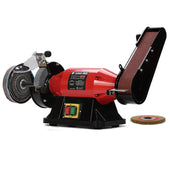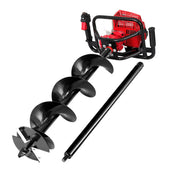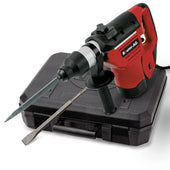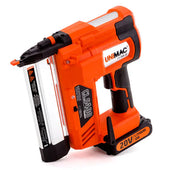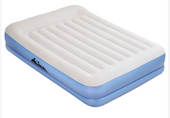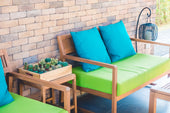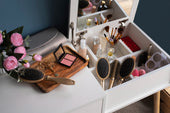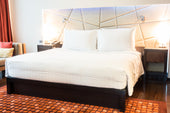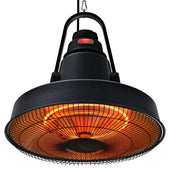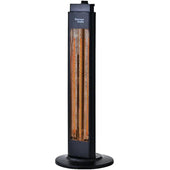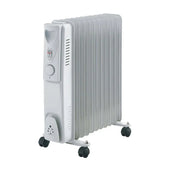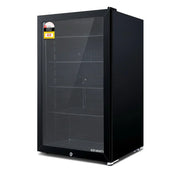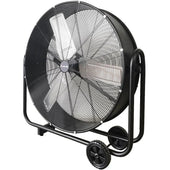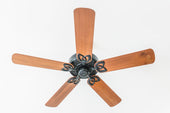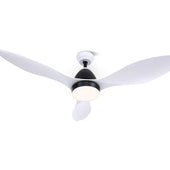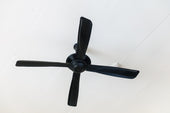Understanding the Appeal of Modern and Traditional Dressers
Modern and traditional dressers offer distinctive style elements and functionalities that appeal to varied tastes and preferences. Modern dressers are often characterised by sleek lines, minimalist designs, and innovative storage solutions. They frequently incorporate materials like metal or glass alongside natural wood finishes, showcasing a contemporary aesthetic that complements modern interiors. Their focus lies on form and function, often favouring subtle colours and geometric shapes.
On the other hand, traditional dressers draw inspiration from classical design styles, often crafted from rich wood and featuring ornate detailing such as carvings or mouldings. These pieces evoke a sense of warmth and timeless elegance, fitting seamlessly into classic decor schemes. Traditional options often emphasise durability and craftsmanship, making them ideal for those seeking an enduring aesthetic rooted in history and tradition during days.
Design Aesthetics: Clean Lines vs Ornate Detailing
When selecting a dresser, the distinction between clean lines and ornate detailing often defines its overall aesthetic appeal. Modern dressers emphasise clean lines, minimalism, and a streamlined silhouette. They feature sleek finishes, neutral tones, and a focus on functionality, making them ideal for contemporary interiors. On the other hand, traditional dressers are often characterised by ornate detailing, such as carved mouldings, decorative hardware, and intricate embellishments. These designs evoke a sense of elegance and craftsmanship, blending seamlessly with classic furnishings. Choosing between these styles depends on personal taste and the surrounding décor, balancing functionality with visual harmony.
Material Choices: Contemporary Innovations vs Classic Timelessness
When selecting a dresser, material plays a crucial role in both functionality and aesthetics.
Contemporary innovations often employ materials like:
- MDF (Medium-Density Fibreboard) for affordability and lightweight durability.
- Glass and mirrors, adding sleek, modern appeal.
- Metal accents, popular for industrial or minimalist styles.
Classic timelessness, on the other hand, leans towards:
- Solid wood such as oak, mahogany or maple, valued for its durability and natural warmth.
- Handcrafted details, ensuring uniqueness and heirloom potential.
- Traditional finishes like stains and lacquers, intensifying wood’s inherent beauty.
The harmonious combination of modern designs with traditional materials can also offer a versatile touch for various interiors.
Functionality and Space: How Practical Needs Influence Style
When selecting a dresser, functionality often dictates its design, prioritising utility based on the user's needs. Spacious interiors suit larger wardrobes, while compact designs cater to smaller spaces. Rooms with limited square footage benefit from dressers featuring vertical storage or built-in organisers.
Certain styles accommodate lifestyle demands more effectively than others. For instance, modern dressers often integrate hidden compartments or customisable sections. Conversely, traditional dressers may emphasise intricate craftsmanship, blending aesthetics with practical storage.
Dual-purpose options, such as dressers with mirrors or shelving, enhance usability while conserving space. Additionally, materials and finishes play a role in functionality since durable woods or smooth, non-porous surfaces make maintenance straightforward and prolong usability.
Blending with Bedroom Décor: Matching to Your Interior Design
Selecting a dresser involves considering how it complements the existing bedroom décor. Dressing a space with a traditional dresser paired with antique accents creates a harmonious aesthetic for vintage or classic interiors. Alternatively, modern dressers often boast clean lines, minimalist shapes, and neutral finishes, ideal for contemporary or Scandinavian designs.
Guidelines for Matching Dressers:
- Colour Coordination: Choose finishes that echo or contrast well with wall colours, bedding, and curtain shades.
- Material Alignment: Pair wood tones with natural textures or metals with sleek materials, depending on the interior's theme.
- Size and Proportion: Ensure dresser dimensions align with room scale. Larger pieces suit expansive spaces, while compact designs work in confined areas.
A cohesive selection enhances visual flow and completes the room's décor narrative effectively.
Durability and Longevity: Which Style Stands the Test of Time?
Modern and traditional dressers each offer distinct advantages when it comes to durability and longevity. Traditional dressers often utilise solid wood construction, such as oak, walnut or mahogany, known for their robustness and resistance to wear. These materials, combined with artisanal craftsmanship like dovetail joints, ensure they can endure decades, even becoming heirloom pieces.
Modern dressers, however, may blend materials like engineered wood, metal or laminate. While these are lighter and often more affordable, they may lack the lifespan of their traditional counterparts. Yet, advancements in manufacturing have improved the resilience of some modern designs, with scratch-resistant finishes and corrosion-proof metal components delivering enhanced durability.
Budget Considerations: Comparing Costs for Modern and Traditional
When assessing dressers, understanding price variations between modern and traditional styles is crucial.
- Modern dressers often feature sleek designs and innovative materials, such as engineered wood, glass, or metal. While these materials offer durability and style, they can escalate costs, especially when combined with trendy aesthetics or eco-friendly manufacturing techniques. Custom-made modern dressers or branded options may further amplify expenses.
- Traditional dressers, conversely, typically rely on solid wood, like oak or mahogany, which can sometimes incur higher material costs. However, their classic designs are mass-produced more frequently, often reducing the price compared to custom modern designs. Second-hand markets may also provide affordable traditional options.
The Role of Personal Preference: Choosing What Resonates with You
When selecting between modern and traditional dressers, personal preference plays a pivotal role in the decision-making process. Preferences often stem from individual tastes, lifestyle, and emotional connections to specific styles. While modern dressers showcase sleek lines and minimalist designs, traditional ones emphasise intricate craftsmanship and vintage charm.
To guide the choice, individuals should consider colour palettes, materials, and overall aesthetic appeal. Evaluating how the dresser complements existing furniture can also influence the decision. It’s important to reflect on functionality, storage needs, and the feelings evoked by each style.
Personal preference empowers people to create a space that feels authentic, welcoming, and uniquely tailored to their comfort and sensibilities.
Customisation and Versatility: Adapting Dressers to Your Lifestyle
Modern and traditional dressers can be tailored to meet individual needs, offering substantial flexibility. Customisable options include adjustable shelves, varying drawer sizes, and built-in organisers, catering to different storage requirements.
For maximal versatility, some dressers feature modular designs, enabling users to reconfigure components like compartments or add-on units as lifestyles evolve. Material choices, such as wood, metal, or eco-friendly fibres, let individuals align furniture with personal aesthetics.
Personalised finishes, ranging from classic varnishes to bold painted hues, are another option for infusing character. Additionally, selecting hardware like handles or knobs ensures functionality complements design. This adaptability guarantees dressers enhance both form and practicality in any space.
Making the Final Decision: Key Questions to Ask Before Buying a Dresser
When choosing the perfect dresser, asking the right questions ensures the purchase meets your needs.
Consider functionality:
- Does the dresser offer enough storage for current and future needs?
- Are there varying drawer sizes for diverse items?
Assess quality:
- What material is the dresser made from?
- Are the handles and drawer mechanisms sturdy and durable?
Evaluate design:
- Does the dresser’s style complement the room’s aesthetic?
- Is the finish easy to maintain and clean?
Reflect on budget:
- Is this dresser a good value for the price?
- Does it align with the budget while meeting your expectations?
Making careful inquiries ensures confidence in the final choice.






















































